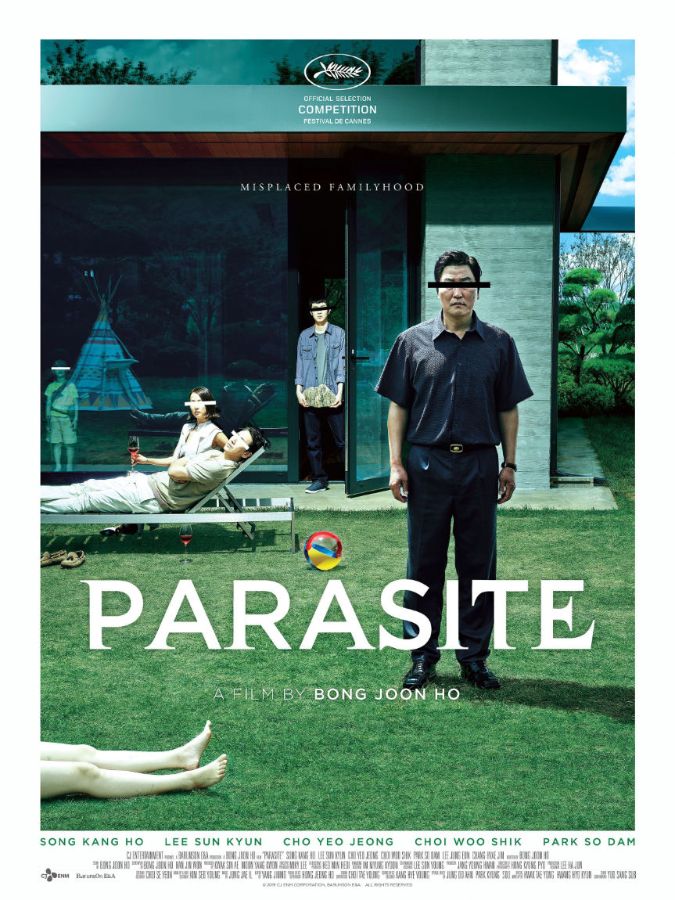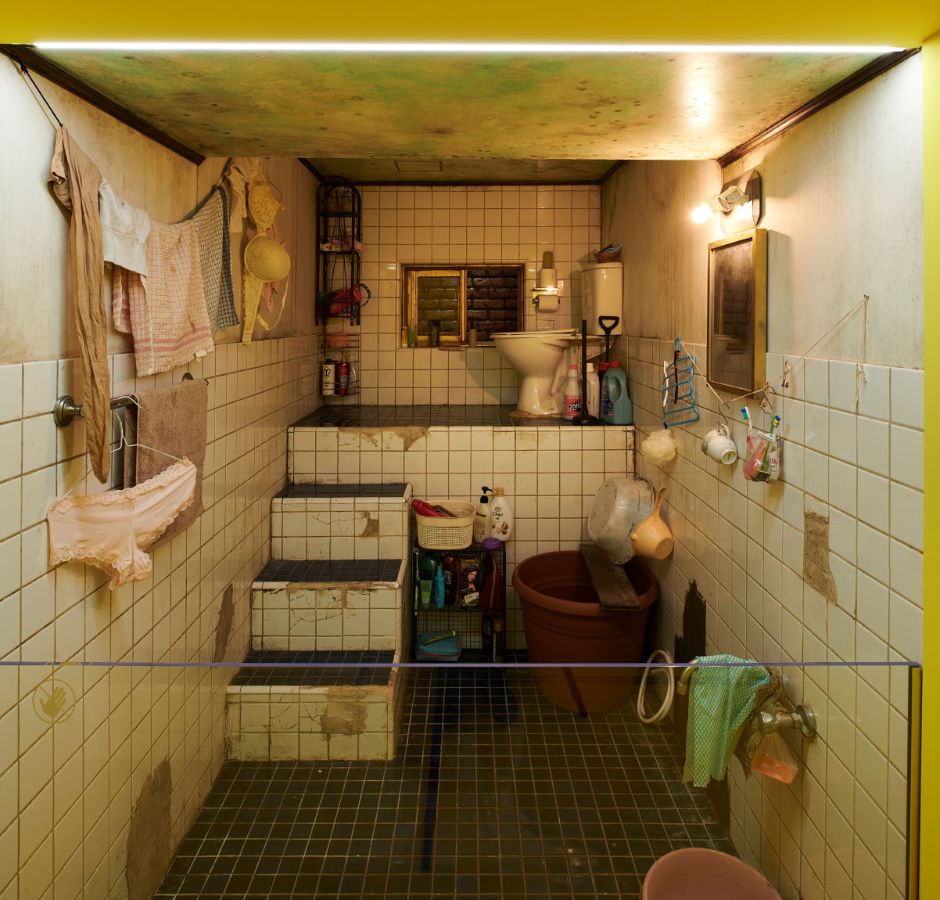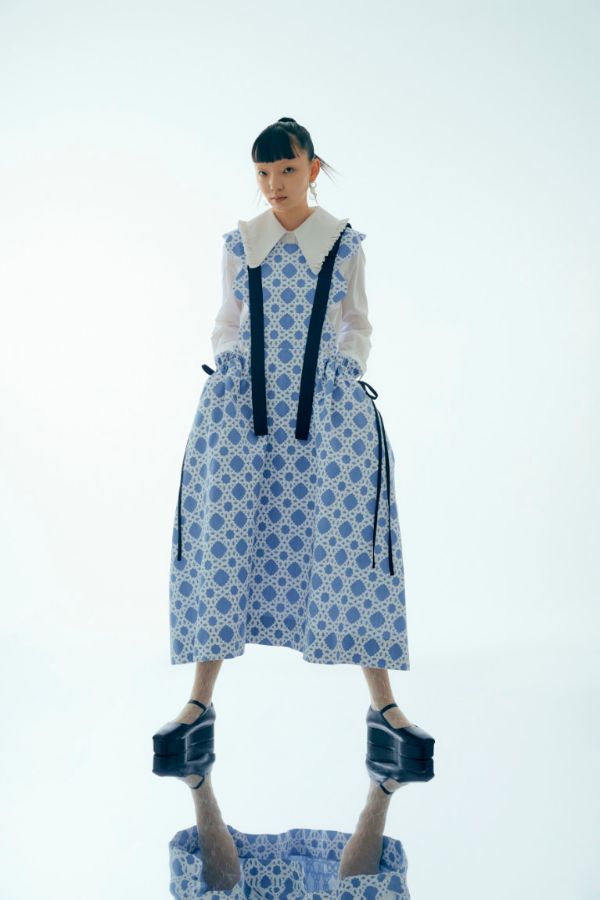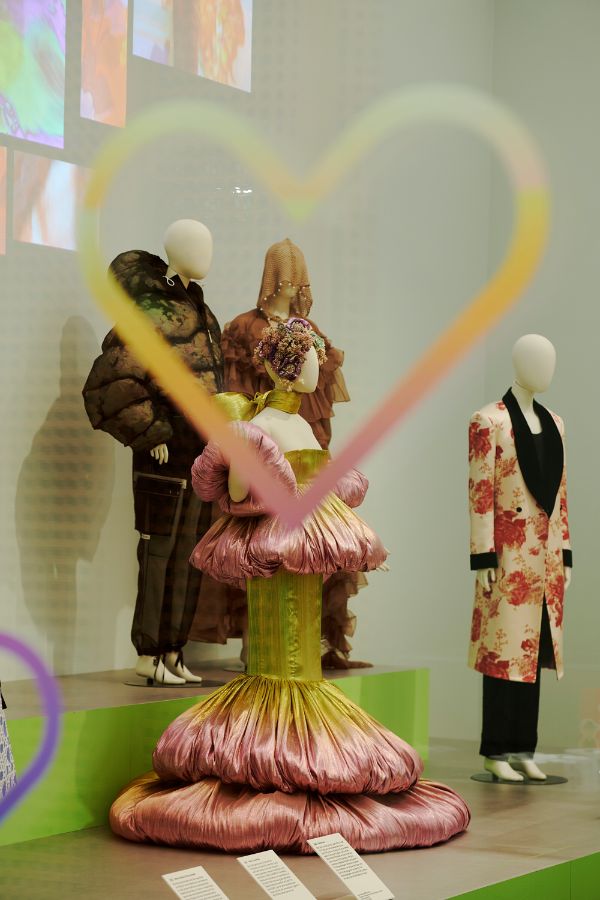Korean Art is Making Waves
Even those without a special interest in South Korean popular culture would find it hard to ignore its global dominance in recent decades. In 2012, rapper Psy’s “Gangnam Style” broke streaming records, paving the way for K-pop sensations like BTS and Blackpink who have since sold out stadiums in the US and Europe. In 2020, Bong Joon-ho won Best Picture at the Oscars for his film Parasite. The dystopian survival thriller Squid Game, released in 2021, remains one of the most-watched series on Netflix. In 2024, novelist Han Kang won the Nobel Prize in Literature.
The current exhibition at the Museum Rietberg, “Hallyu! The Korean Wave”, originally curated for and shown at the Victoria and Albert Museum in London, explores the reasons behind the worldwide popularity of K-pop, cinema and fashion.
Pop culture as a gateway
What is the appeal of Hallyu? “What really makes it work, I think, is how creative and community-driven it is. Fans don’t just watch or listen – they actively shape the culture, build communities and find a real sense of belonging, one that transcends borders, no matter where the fans of the Korean Wave are from,” says Ewa Machotka, professor of East Asian Art History at the University of Zurich (UZH). “Especially for younger generations, it speaks to how they connect, create and express themselves online and offline.”
This interesting transnational characteristic of Hallyu merits scholarly attention for its social and cultural implications, she maintains. Its art historical background was explored in the conference “Korean Wave(s)? Global Itineraries of Korean Art and Culture”, which examined how art moves – across time, space and cultural boundaries.
“Global Itineraries of Korean Art and Culture” is the first major event organized under the framework of collaboration between UZH and Museum Rietberg, which was signed last fall and has now entered a more structured phase. It demonstrates how both institutions can enrich each other and create added value for students and the broader public. “Contemporary trends provide an accessible gateway to historical works, while an understanding of traditional art deepens our appreciation of today’s cultural expressions,” said Khanh Trinh, Rietberg’s curator for Japanese and Korean Art and co-organizer of the conference, in her opening remarks.
Mapping object itineraries
The exhibition offers visitors more than just a visually engaging or entertaining experience – it also provides access to the depth of academic research and critical perspectives. “Visitors benefit directly from the embedded scholarly dimension, which extends their encounter with Korean pop culture into a broader understanding of historical context and transnational cultural entanglements,” said Machotka.
More context was provided in the symposium, which built on the concept of “object itineraries,” developed by Rosemary A. Joyce, encouraging audiences to view Korean cultural expressions not as fixed or purely national (“Korean export”), but as dynamic and evolving entities shaped by centuries of global exchanges. This approach, stressed Machotka, challenges the conventional use of the term “wave”, as in fact, cultural processes are not unidirectional.
Interwoven with East Asian culture
The keynote lecture was held by Professor JP Park, University of Oxford, who placed the “Korean Wave” in a whole succession of cultural export and influence: “Korea copied Japanese TV, now China copies Korean TV.” Even the pop factories of K-Pop have their predecessors in the Motown movement of Detroit. Hallyu, he remarked, is therefore not merely a “Korean” phenomenon, but rather the product of ongoing transcultural engagement and global interconnectedness.
Highlighting the deep interwovenness of East Asian culture does not diminish the achievement of Korean artists, Park maintained. “The Korean Wave should be understood not in isolation, but as part of the larger regional transformation.” Nevertheless, the K-prefix has been used as a marker of origin and prestige and has been instrumentalized in a reductive nationalistic discourse that has tried to homogenize a diverse and vibrant cultural output.
The second day of the conference focused on the shifting trajectories of Korean premodern art objects – examining their production, circulation, and transformation across cultural and social spaces. A compelling example of these mobilities, discussed by Dr. Charlotte Horlyck (SOAS University of London) in her keynote lecture, was the Korean moon jar: a type of white porcelain vessel recogized for its global aesthetic appeal. One of these rare objects was recently acquired by the Museum Rietberg, proving to its iconic status and highlighting the tension between cultural uniqueness and global popularity.
Enriching the cultural conversation
“Our partnership strengthens collaboration in teaching, research and public dialogue, reflecting our shared mission to serve society,” said UZH President Michael Schaepman, absent due to the celebrations of the Dies academicus happening at the same time on the other side of town, in his prerecorded video address. “This conference is a wonderful opportunity to showcase combined research and public outreach, allowing to place the exhibition in a much broader context. It also reinforces our strong academic ties with South Korea, including partnerships with leading universities, student exchange and ongoing research collaborations.”
The presence of His Excellency Keum Chang-rok, the Korean Ambassador to Switzerland, further highlighted how important the event was in terms of cultural diplomacy. “Culture enriches civilization,” he stated in his welcome address. While he had attended his fair share of pop culture events in his time as a diplomat, he noted that this conference stood out for acknowledging the historical resonance of Korean art and culture from the 5th century onwards.
Academic insight and museum practice
“This event isn’t just about building academic networks – it also strengthens UZH’s global connections, especially with South Korea,” affirmed Machotka. In fact, it’s a perfect example of this vision in action, especially now that the University of Zurich has been appointed by the State Secretariat for Education, Research, and Innovation (SERI) as the Leading House for the Asia-Pacific region. This role helps foster cooperation in research, education, and innovation between Switzerland and the Asia-Pacific.
In this growing relationship, South Korea is an important partner. “Academic and curatorial work can inform, support and amplify one another, paving the way for future models of integrated cultural engagement,” she said. “My hope is that this conference sets a precedent – showing how academic insight and museum practice can come together in a way that benefits everyone involved and builds a richer transcultural dialogue and global exchange.”










